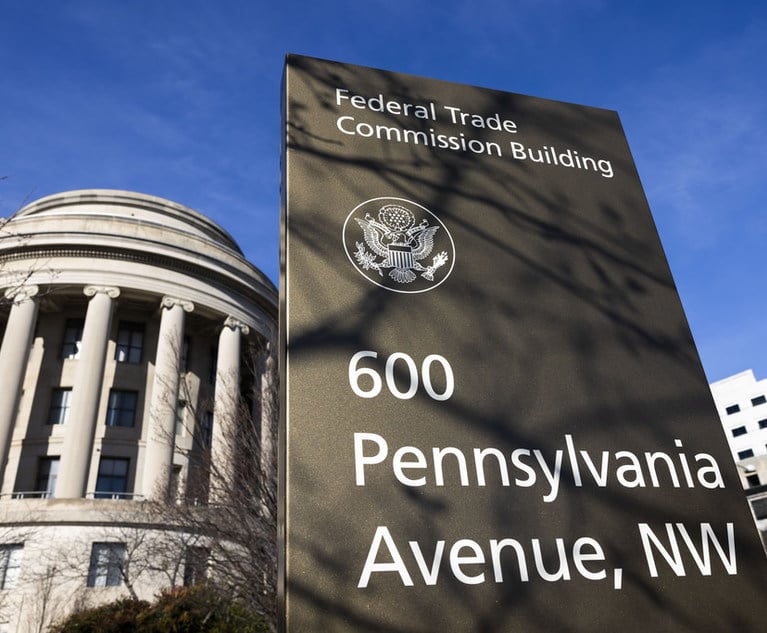In a groundbreaking 6-3 opinion by Justice Neil Gorsuch, President Donald Trump’s first U.S. Supreme Court appointee, the Supreme Court of the United States held that an employer who fires an individual for being homosexual or transgender violates Title VII as a form of sex discrimination, in Bostock v. Clayton County, Georgia, 590 U.S. ____ (2020). And although societal understanding of what is “sex” discrimination may have evolved since Title VII passed in 1964, the plain words of the statute have not: “At bottom, these cases involve no more than the straight-forward application of legal terms with plain and settled meanings. For an employer to discriminate against employees for being homosexual or transgender, the employer must intentionally discriminate against individual men and women in part because of sex. That has always been prohibited by Title VII’s plain terms.”
Significantly, Gorsuch wrote, “those who adopted the Civil Rights Act might not have anticipated their work would lead to this particular result. … But the limits of the drafters’ imagination supply no reason to ignore the law’s demands. When express terms of a statute give us one answer and extratextual considerations suggest another, there is no contest. Only the written word is the law, and all persons are entitled to its benefit.” Pointedly, the court stated, “as enacted, Title VII prohibits all forms of discrimination because of sex, however they may manifest themselves or whatever other labels might attach to them.” Thus, although homosexuality and transgender status are distinct concepts from sex, discrimination based on these characteristics necessarily entails discrimination based on sex—“the first cannot happen without the second.” Citing Oncale v. Sundowner Offshore Services, 523 U.S. 75 (1998), and Phillips v. Martin Marietta, 400 U.S. 542 (1971), the court referred to “sexual harassment” and “motherhood” as being conceptually distinct from sex discrimination, but recognized these too fall within Title VII’s broad sweep.










